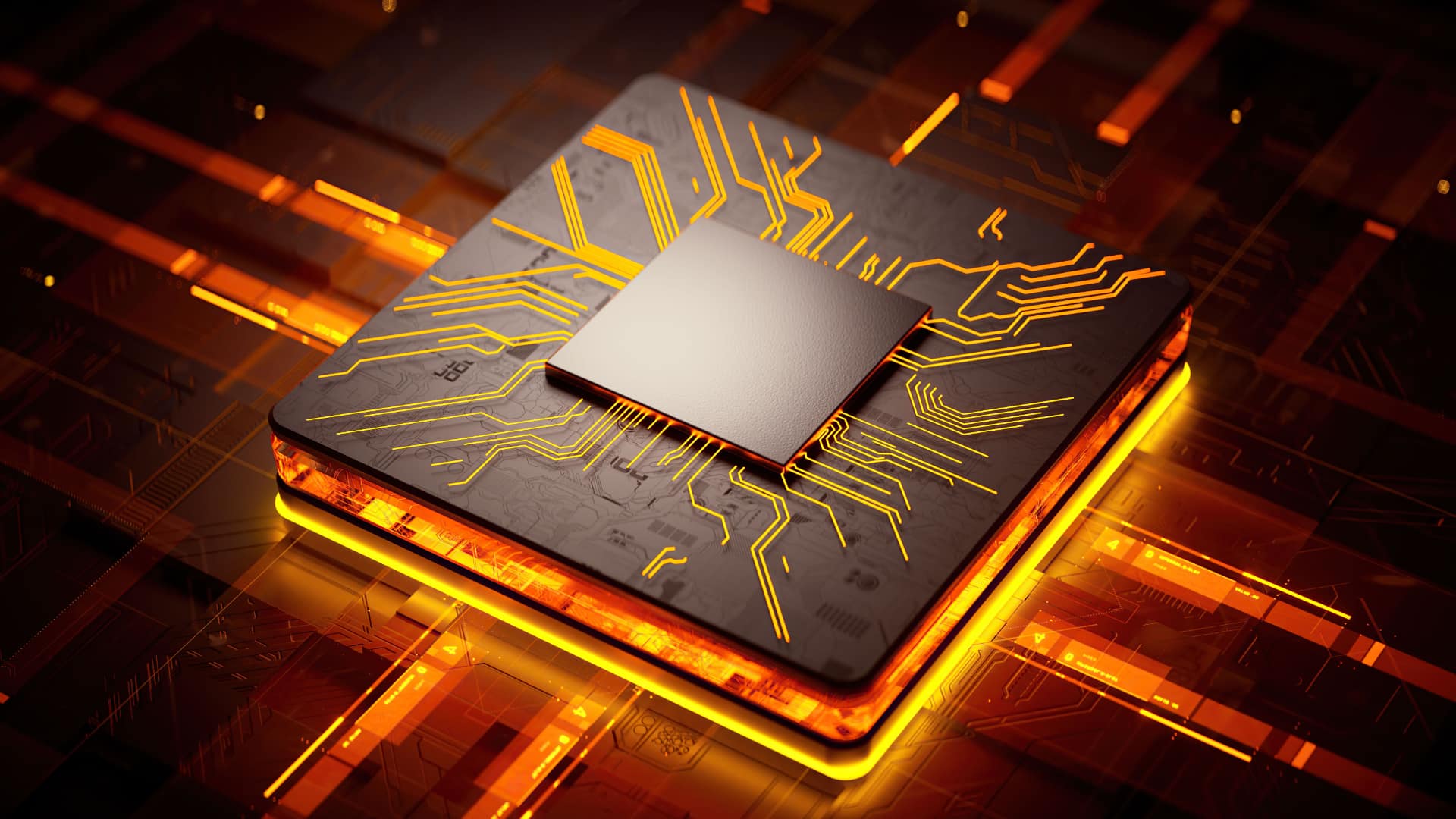
Arm and Qualcomm are at loggerheads and in court, which could have some interesting implications for the future of CPU design.
The phrase “big company” is somewhat relative in the context of consumer technology, but however anyone looks at it, Qualcomm is a pan-galactic gargle blaster of a corporation. It makes a vast number of the Arm-based CPUs for cellphones, which has made it large enough to be represented on NASDAQ and capable of paying US$1.4bn for chip design house Nuvia in early 2021, a fact which the founders of Nuvia are probably enjoying very much from their five-star corner penthouses.
The simple interpretation was that Qualcomm really wanted Nuvia’s people, involving, as they did, some ex-Apple designers of considerable skill and experience. Being as said group is currently rather busy getting rid of all that caviar and wagyu, it might also have been about the intellectual property. There’s not much risk in speculating that Qualcomm might want to build a big Arm CPU, regardless what’s happened since at Apple. The actual outcome, meanwhile, has raised questions not only over an M1 competitor from Qualcomm, but also over the company’s longstanding relationship with Arm, CPU design in general, and the basic principles of open source.
Underlying issues
Underlying all this is one of those creations of business politics that’s absolutely nothing to do with technology and is almost too dull to consider in detail. The gist is that Qualcomm has long licensed things from Arm, and Nuvia had done likewise, and that when Qualcomm purchased Nuvia, the two companies began combining ideas without revisiting any of their agreements with Arm, which Arm felt was insufficient.
Ordinarily, we might expect this to be the sort of thing sorted out over very expensive cocktails at a private members’ club, given that Arm and Qualcomm are probably quite good for each other, business-wise. The bad blood reportedly arises from Qualcomm’s involvement in objections to Nvidia’s purchase of Arm. The sale would, again, presumably have made some people very, very rich, and, as such, the grapes are made all the more sour by the missed opportunity for all that champagne.
Much as it might have been fun to see what Big Graphics could have done with total ownership of, er, Big Processor Design, some of the objections about concentrating too much of the industry behind one front desk seemed reasonable to many laypeople. Still, all of this might have made only minor headlines if it wasn’t for a press release in December in which Qualcomm people made some rather extraordinary comments which have been seen as veiled criticism of Arm. The term used was “legacy architecture,” although what’s possibly more interesting is what Qualcomm raised as an alternative.
RISC-V
The RISC-V architecture is something we have encountered before in the context of the Xianshan processor put together by the Chinese Academy of Science back in 2021. RISC-V is, like Arm’s various designs, a specification for a CPU as opposed to an actual design for a piece of silicon. RISC-V was designed by Krste Asanović at Berkeley, with some of his graduate students, in the summer of 2010, with the crucial result that – unlike Arm – it is open source, and thus costs nothing.
These designs specify an instruction set architecture, or ISA. If you’re looking at this on a phone, for instance, it might be using an ARM Cortex-A76 CPU, which uses the ARMv8.2A ISA. That differs from (say) the Intel x86-64 ISA used in many desktop workstations. When software is compiled from the code written by the programmer to a list of instructions that the CPU will execute, the instructions are selected from those included in a particular ISA. Arm code, then, won’t run on Intel CPUs, because they have different instructions.
Ideally, computer code can be recompiled to work on a different ISA without much change. Most ISAs will have broadly equivalent behaviour for the most fundamental tasks – all CPUs can do addition, subtraction, comparison, and so on. In many cases, the process will encounter problems requiring a manual fix. Large numbers of people are currently doing exactly that to software designed for Intel Macs which must now run on Arm Macs. It’s a thankless task requiring an n-dimensional brain where n is nine-digit random number and at least one of those dimensions contains Cthulhu.
Ahead of the curve
Despite Qualcomm’s sabre-rattling RISC-V is far from ready for the big time. It’s ready for the medium time, and there are systems capable of running the RISC-V edition of Ubuntu from Sipeed with its LycheeRV board, Microchip’s PolarFire, and options from SiFive, but they’re on the level of a Raspberry Pi, not a big workstation. That’s still not bad for what was basically a quick summer project for a research lab, but RISC-V is not going to ruffle any feathers at Arm until a lot of work is done.
What might spread the workload is open source. The idea of sharing contributions is a pretty one, although it’s hard to deny that a crippling lack of management has created absolute chaos in some situations. Qualified commentators have raised concerns over fragmentation of the RISC-V design, something that seems pretty reasonable to anyone who’s aware, for instance, just how many text editors there are for Linux, so in the worst case
Whether RISC-V will lead us into the sunlit uplands of a high-quality, open-source ISA, remains to be seen. If there’s one important conclusion that we can reasonably draw from this, it’s that the multi-decade incumbency of x86-derived CPUs is under serious assault on multiple fronts. Intel seems to know this, having tried to acquire RISC-V developer SiFive at the end of 2021, so while there seem a distinct possibility that Intel’s ISA might go, it might be that Intel’s fabrication plants might find themselves just as busy making something else.
Tags: Technology CPUs


Comments